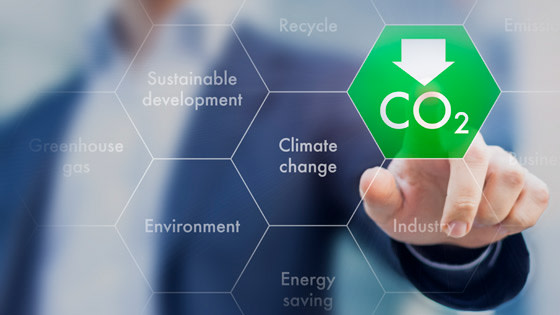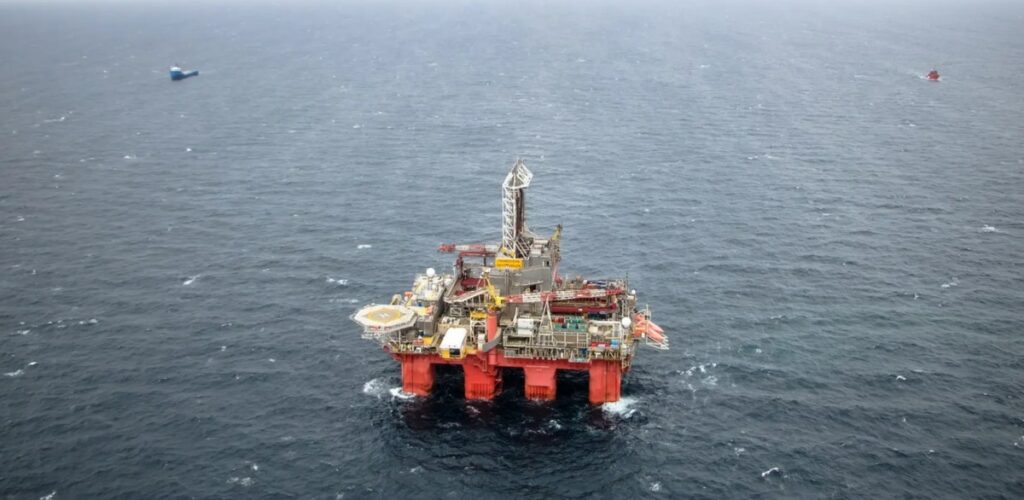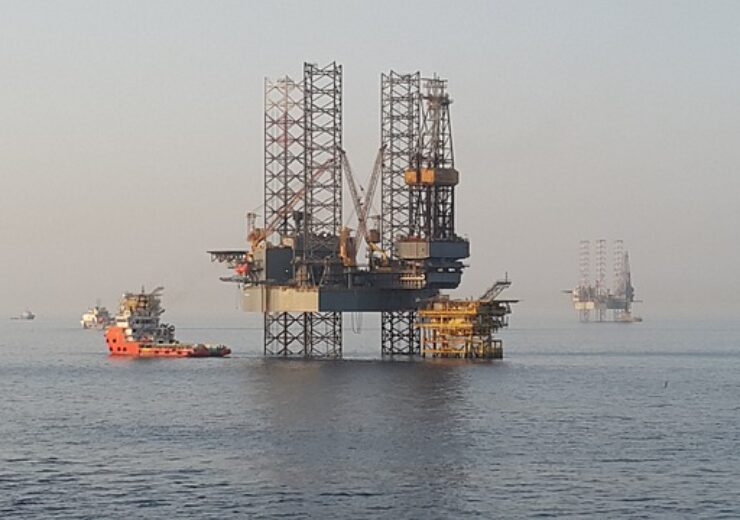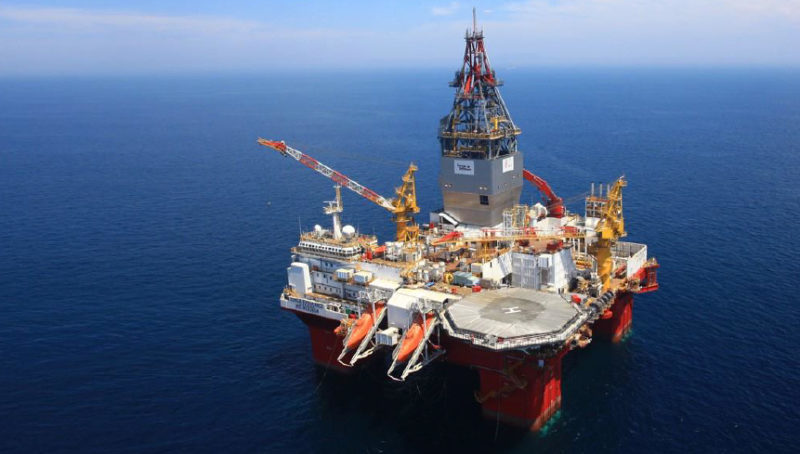By 2030, Transocean Ltd. Aims For A 40% Reduction In Greenhouse Gas Emissions Intensity
Transocean Ltd

Transocean has committed to reducing operating Scope 1 and Scope 2 greenhouse gas emissions intensity by 40% from 2019 levels by 2030. Almost all energy used to power Transocean's global fleet of high-capability drilling rigs is generated through the conversion of diesel fuel to electricity.
Transocean Ltd. has pledged to cut its Scope 1 and Scope 2 greenhouse gas emissions intensity by 40% from 2019 levels by 2030.
Transocean's long-standing position as an industry leader in terms of technical expertise is reflected in the importance it is giving this new venture. The company has, in fact, proactively implemented a number of innovations that have improved the performance of the company's rigs and increased safety, reliability, operational execution, and efficiency. Transocean is committed to reducing the intensity of its emissions and will do so without compromising on safety or operational excellence.
“Globally, almost one billion people lack access to electricity, and all of us desire reliable and affordable sources of energy that help improve our daily lives. As such, we believe that demand for hydrocarbons and, therefore, for Transocean’s assets and services, will remain strong,”
said Transocean President and Chief Executive Officer, Jeremy Thigpen.
“Our responsibility as the industry leader extends beyond providing superior results for our customers. We must continue to deliver our services in a manner that minimizes our impact to the environment and, in this context, supports the interests of all our stakeholders, including employees, customers, investors, and for the broader public good.”
Thigpen continued,
“Currently, nearly all energy used to power Transocean’s global fleet of high-capability drilling rigs is generated through the conversion of diesel fuel to electricity. Therefore, we commit to reduce emissions across our fleet through fuel reductions and other initiatives that can be achieved by developing and implementing new processes and technologies that enable us to optimize our power management capabilities.”
Carbon capture and sequestration are just two examples of the types of low-carbon energy projects that Transocean is prepared to assist its customers with.
Source: Transocean news





